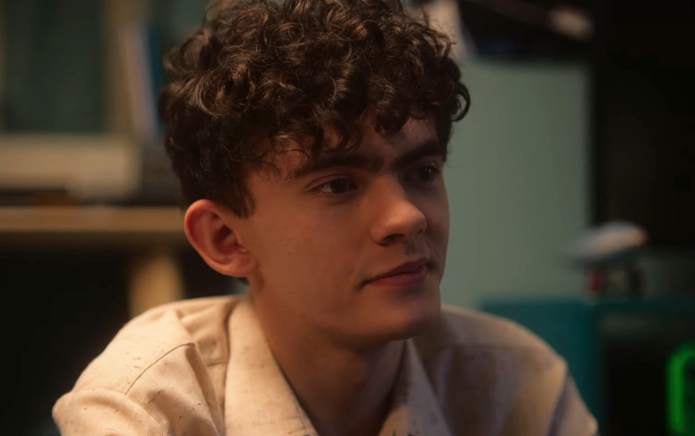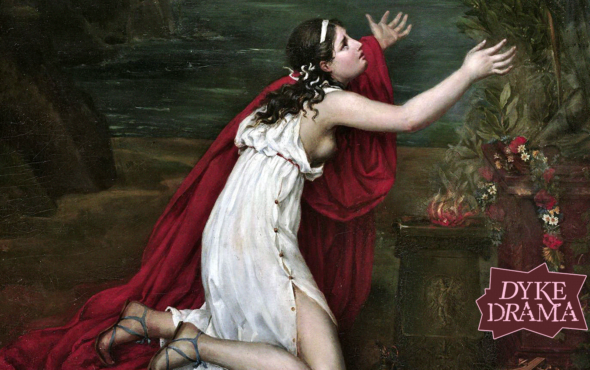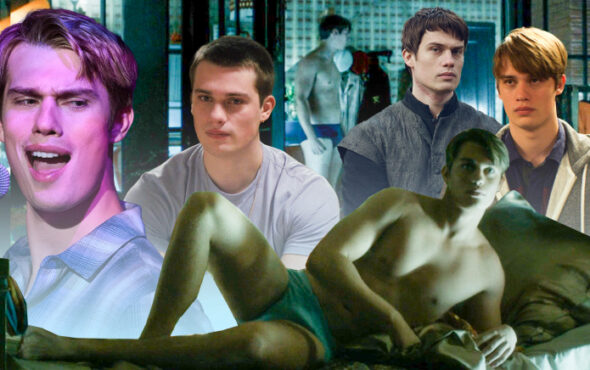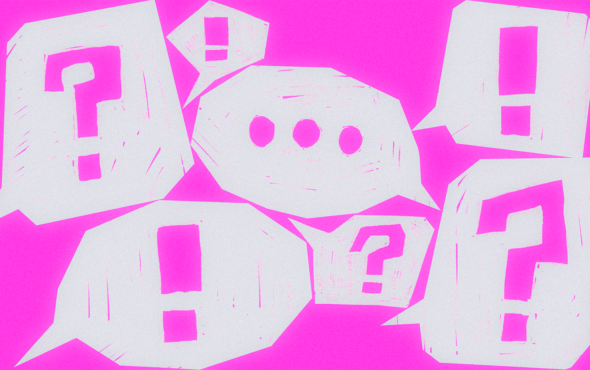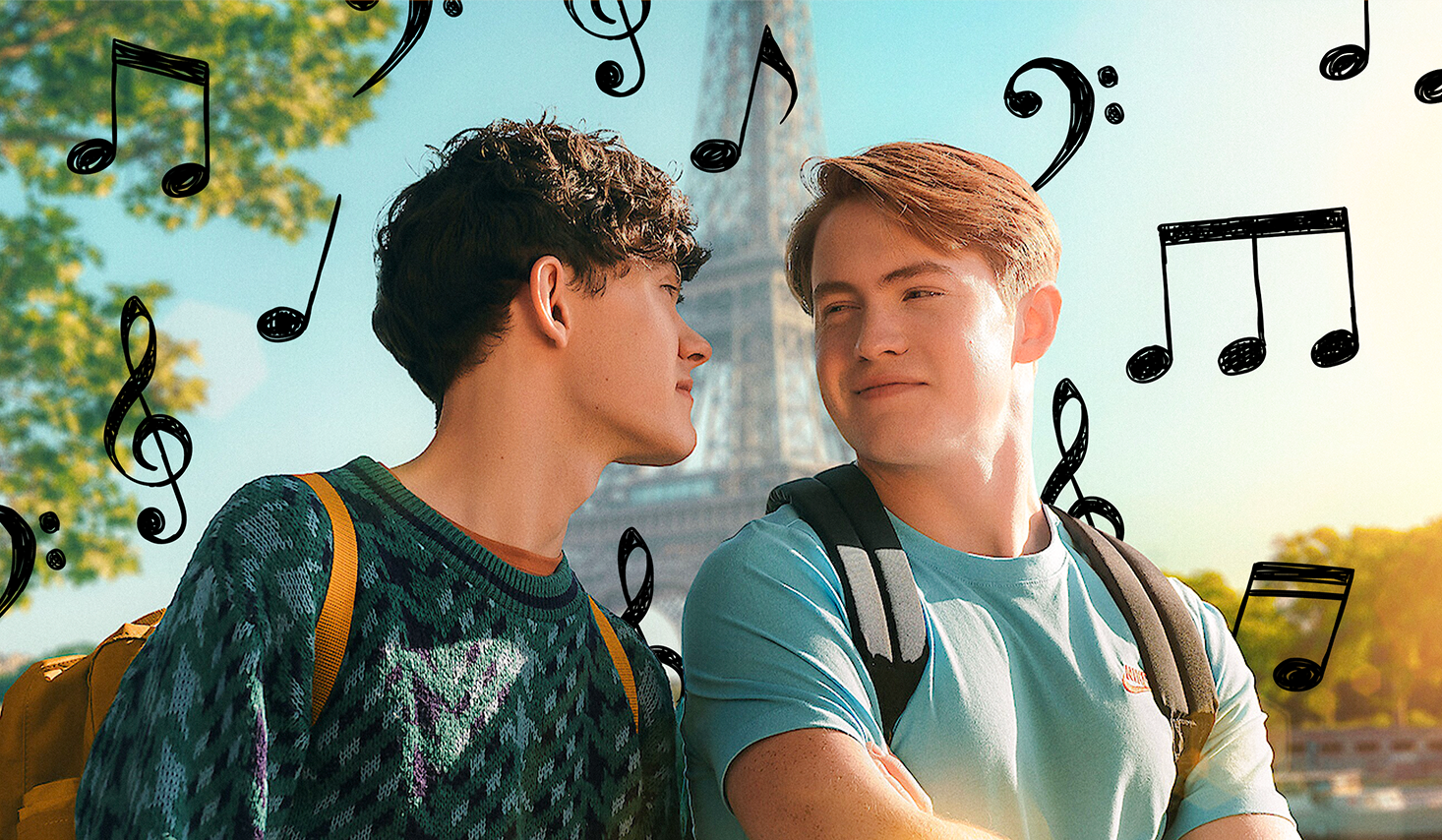
Unless you’ve managed to ignore both Netflix and all social media for the past two years, it’s likely that you’ve heard of the heartwarming LGBTQIA+ phenomenon that is Alice Oseman’s Heartstopper.
Heartstopper began as a graphic novel when Oseman crafted a world that follows British teens Nick and Charlie as they discover their sexualities and their feelings for each other. This story was lovingly adapted for the small screen in April 2022, gracing us with eight episodes, before July 2023 brought us eight more.
As someone who discovered they were a lesbian whilst going through British secondary school, I could really see myself in the experiences of Nick and Charlie, and even more so through lesbian couple Tara and Darcy. Although I’m years older than the characters now, my secondary school experiences have stayed with me. As soon as the TV series was announced I was, along with most of the LGBTQIA+ community, counting down the days until its release.
I binged the entire first series with my girlfriend in a matter of hours (with an episode six-inspired milkshake break in between). I’ll paint the scene for you. Our expectations were high, years of loving the graphic novels as well as months of waiting for the show. The screen is black. The beginning notes of Baby Queen’s ‘Want Me’ blare through the speakers. We’re greeted by Joe Locke as Charlie Spring walking through his school, and we are living.
The show was everything we had hoped for and more, and amidst gasps, tears, and yelling at the screen, we found ourselves enthralled with the incredible soundtrack. Every other song we were tapping each other’s arms in recognition. I almost lost it in episode two when girl in red’s iconic ‘Girls’ began to play.
Not only did the soundtrack become the backdrop to my summer, but it also had an unprecedented effect on both the public and the artists themselves. Many of the artists included are young, independent, queer artists with small followings (although the queen herself Taylor Swift does feature in the final episode of season two).
Without a doubt, the breakout music star from Heartstopper is South Africa-born Bella Latham, better known as Baby Queen. If, like me, you hadn’t heard of Baby Queen until Heartstopper (or maybe even until now), allow me to take you on a little journey.
Alice Oseman found Baby Queen when Patrick Walters, the show’s executive producer, shared Latham’s debut single ‘Internet Religion’, according to Mood. From this point onwards, Oseman and Walters absorbed themselves in the music of Baby Queen during the creation of the show before reaching out to get her involved. Just under a week after Heartstopper season one was released, Baby Queen boasted 393,024 monthly listeners on Spotify. After a month, this figure soared to over 1.3 million. Since then, she has played a UK tour, released her debut album, and even played at the Truham and Higgs prom in the Heartstopper season two finale!
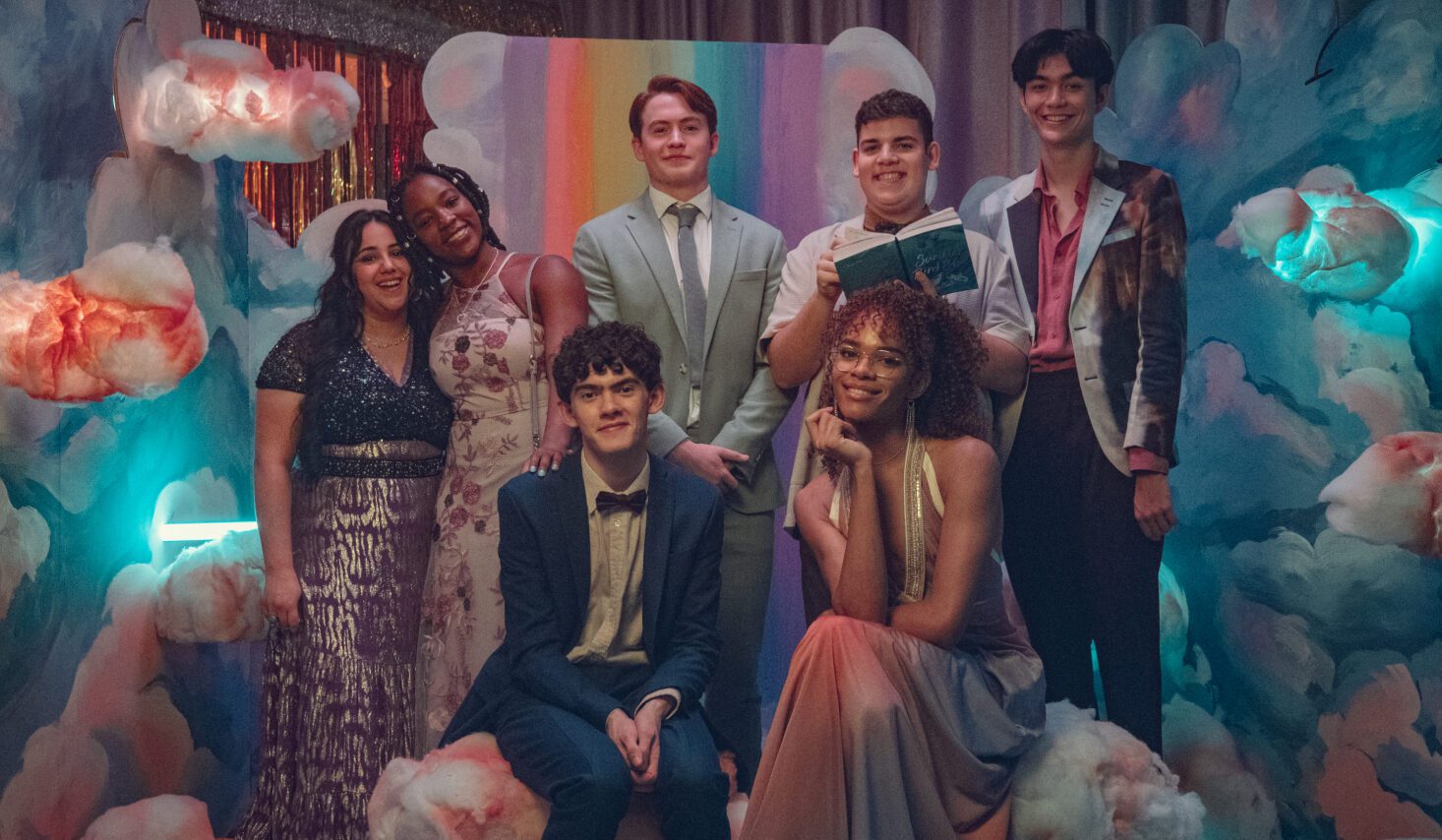
The Heartstopper soundtrack has changed the lives of up-and-coming LGBTQIA+ artists like Baby Queen, but it has also changed my life, introducing me to people and opportunities I would have never otherwise experienced.
One such pivotal moment came at Brighton Pride 2022. It was my first time attending, and Sunday afternoon was the main event for my girlfriend and I — Baby Queen was playing on the breakout stage. We arrived early, made our way to the front. We were lucky enough to chat to her before her set began, and I shared the impact her music had had on us, as well as my sister who wasn’t able to be at Pride with us. Before I knew it, she had taken my phone and was filming a video for my sister, telling her she wished she was here and that she couldn’t wait to meet her. She gave us both hugs and I couldn’t help but think how I wish I could have seen her existing when I was in secondary school, and how grateful I am that she has a platform today.
At the climax of her set, she played ‘Colours of You’, her song written specifically for Heartstopper about Nick and Charlie’s relationship. She wrapped a Pride flag around her as she sang, and I could feel the love surrounding me wrapping me up tightly.
Huddles of young queer people squashed together, some next to their parents and loved ones, and I couldn’t keep it together. Never had I ever felt this kind of queer joy before, this kind of support and acceptance from my own community. I hadn’t grown up around any LGBTQIA+ people, so this was life-changing for me. And, ultimately, I had been brought here by the Heartstopper soundtrack.
This is the impact that Heartstopper and its soundtrack continues to have. It’s the children who said they used Nick’s coming out scene to help them come out to their parents. It’s people who discovered their sexuality later in life feeling seen and represented. And it’s those who have found themselves a new community through the LGBTQIA+ artists Heartstopper introduced them to.
Music has always been a place of community, and maybe this is even more true for the LGBTQIA+ community. But what feels truly groundbreaking is seeing artists who I considered ‘underground’ because they sang explicitly queer songs, artists I held close to my chest because they felt like they were singing to me, being featured on the soundtrack of a wildly popular Netflix TV show. I hope that with season three on the horizon, the Heartstopper team continue to craft a gorgeous soundtrack that introduces us to our next favourite queer artists.
Robyn volunteers as an ambassador for Just Like Us, the LGBT+ young people’s charity. LGBT+ and aged 18 to 25? Sign up here!
